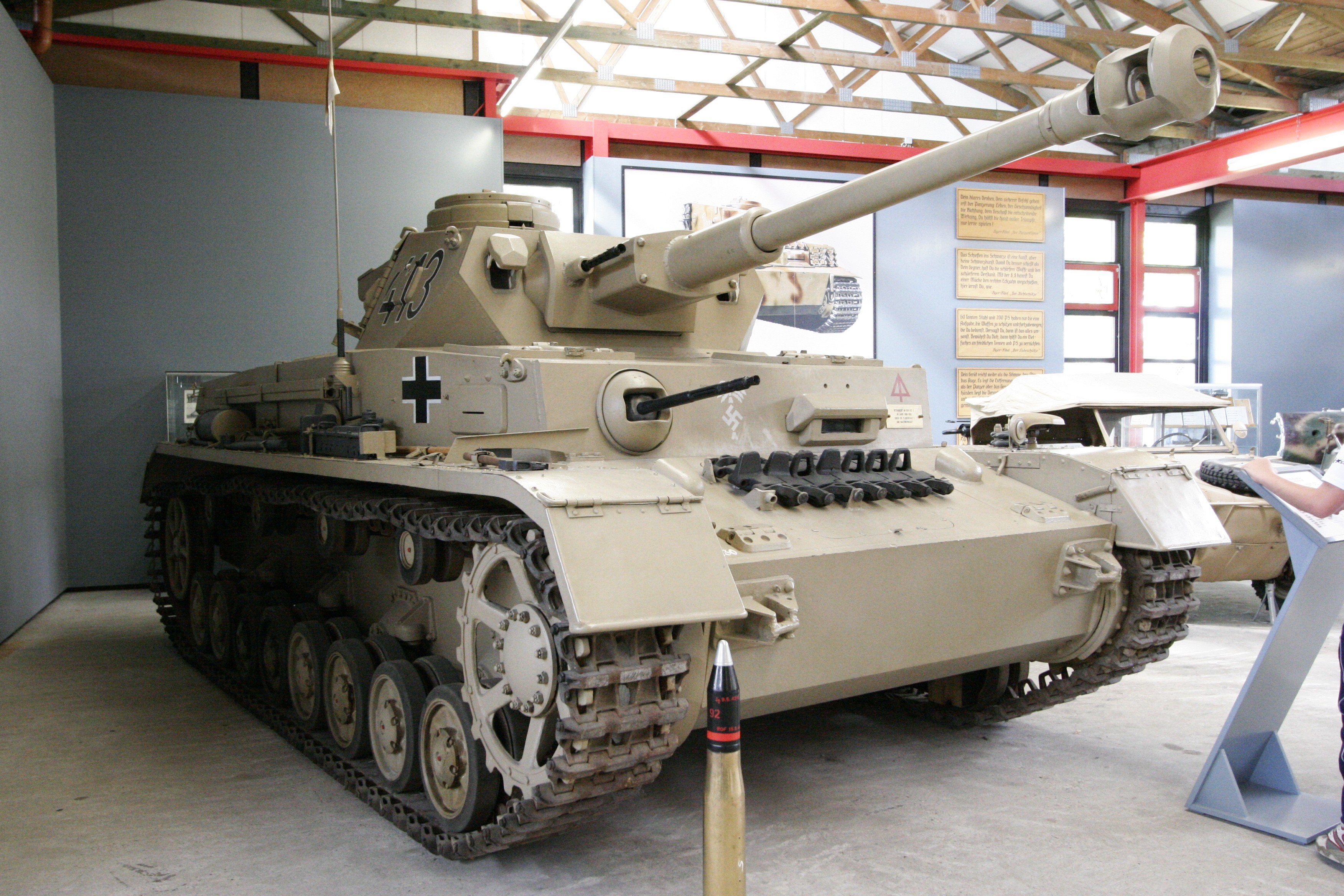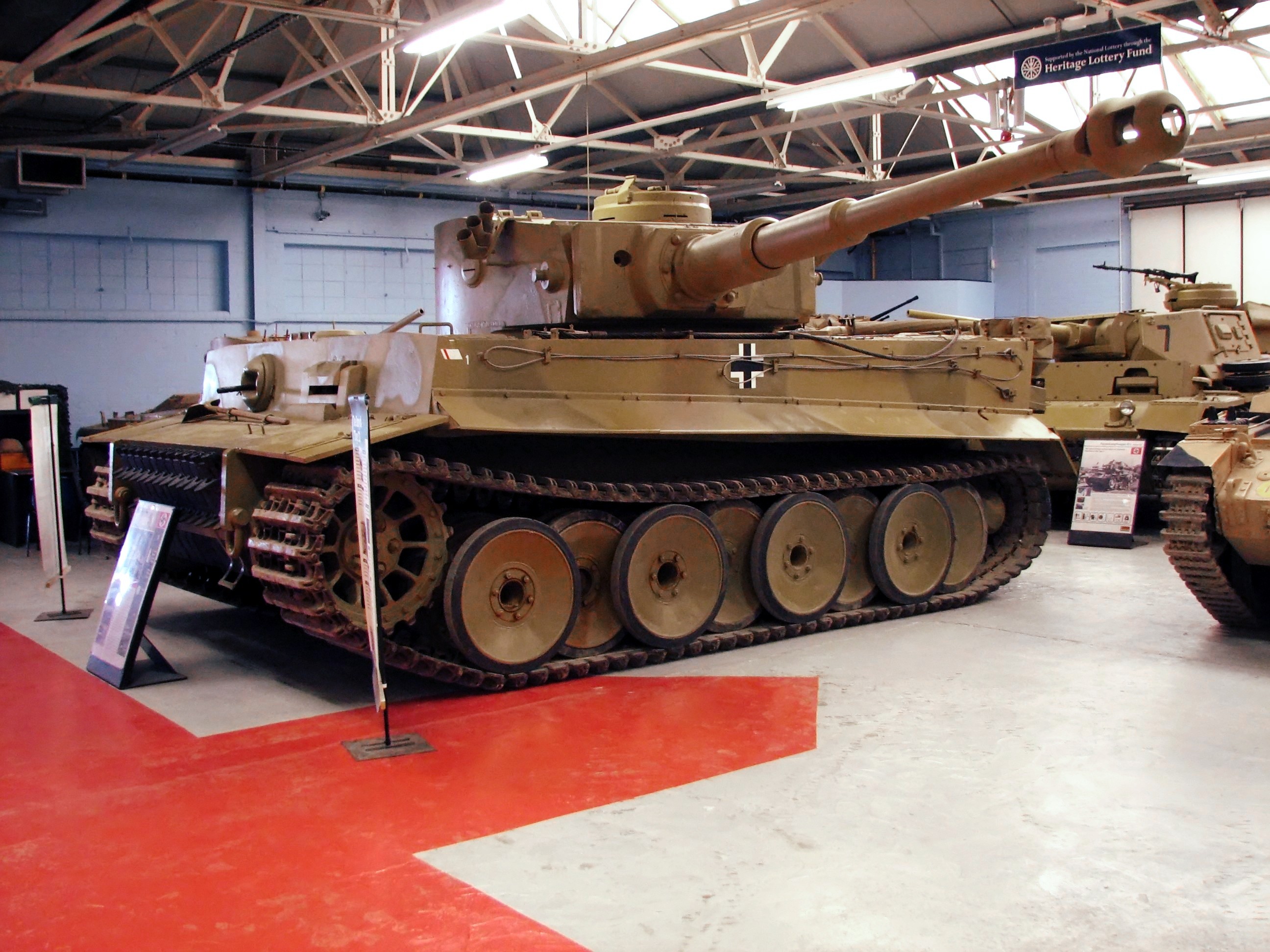German Panzer IV and Tiger I tanks
It is interesting to note that out of the Top 10 Tanks featured by the Discovery Channel, two German tanks of the same era were in the list. Other countries had more than one tank in the list, such as the UK and the US, but none of their tanks were of the same era. The two German tanks were WWII’s famous Panzer IV medium tank and Tiger I heavy tank.
In this blog post, I will talk a little about both tanks and will also post some photos of their models (the ones I own of course).
Discovery Channel's Top Ten Tanks:
http://military.discovery.com/technology/vehicles/tanks/tanks-intro...
Photos from Wikipedia.
Panzer IV:
The Panzer IV ranked 6 in the Discovery Channel’s Top 10 Tanks. It scored an average ranking in mobility and got a good score in armor and firepower. It also scored great in fear factor, which was obvious since its introduction in 1939 as it was thought that nothing could match it on the battlefield at the time. However, and like most German tanks of that era, it was complex and over engineered which meant that it was difficult to mass produce. This factor didn’t only affect its rank the top 10 list, it also affected its overall efficiency during the war. Difficulty of production meant that the tank’s losses couldn’t be made up for so easily.
I own an Altaya 1:72 Pz. Kpfw IV Ausf. G model of this tank. This version of the Panzer IV was produced from March 1942 to July 1942. It had a new longer gun than previous versions and improved armor to counter the Soviet’s T-34 and KV-1. It also featured turret and side skirts for extra protection.
Tiger I:
The Tiger I ranked 3 in the top 10 list. It scored top marks in firepower (obviously with its 88-mm monster gun), armor and fear factor. This monster’s fear factor rating was greatly important. The influence of the Tiger tank on allied morale during WWII reached mythical proportions, and was known as "Tigerphobia." Tigers destroyed tremendous amounts of enemy equipment and often just the sight of a Tiger would induce the Russian tankers to withdraw. Operated by skilled personnel it could outmatch any tank on the battlefield. The only way to kill it was to use British Hawker Typhoons with ground attack rockets.
The Tiger scored reasonable marks for mobility. Although it had reasonable speed for its class of heavy tanks, it suffered from track failures and limited range due to its huge fuel consumption. This in turns affected its mobility.
The Tiger I lagged behind for the same reason as the Panzer IV and that is production rating. The Tiger I was over engineered, used expensive and labor intensive materials and production methods, and was time-consuming to produce. Only 1,347 were built between August 1942 and August 1944. This factor was surely back breaking for the Germans by the end of the war when losses increased and not enough vehicles were produced to compensate for these losses.
I own a Unimax Forces of Valor 1:72 Henschel Sd.Kfz.181 Tiger die cast model of this tank. This model features a simulated Zimmerit coating, which was produced for German armored vehicles to combat magnetically attached anti-tank mines.
Tags:
Replies to This Discussion
Recent Visitors to the site!
© 2025 Created by Matt Whisenant.
Powered by
![]()



